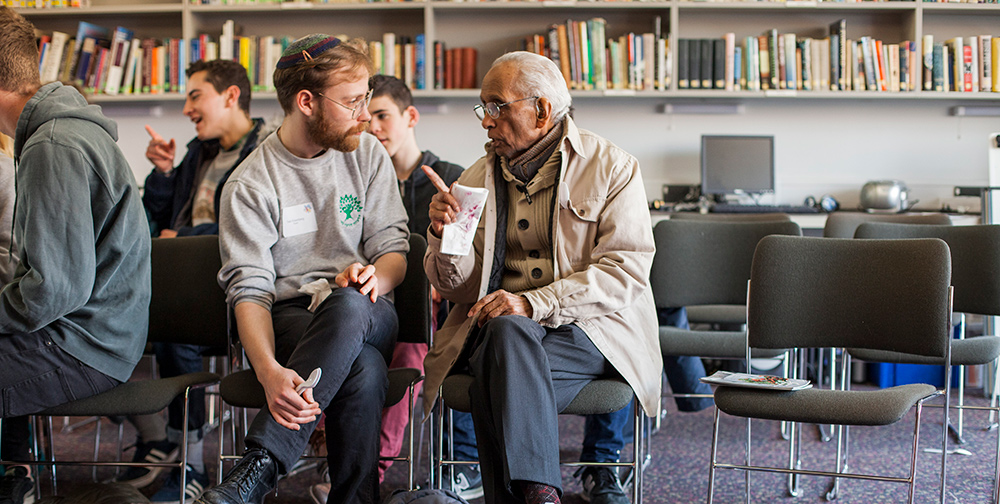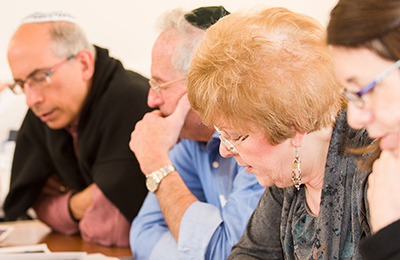An Overview of the Amidah

How would you conduct yourself if you had to appear before a king? Not a monarch like our own, whose powers have been greatly limited by democracy, but someone like a classic Roman emperor. How would you behave if you had to come before a person whose word could mean your life or death? What would you wear? What would you say?
When the rabbis chose the shape of our Amidah, literally the ‘standing prayer’, it was with these sorts of questions in mind. More than any other part of our prayers, it is during the Amidah that we imagine ourselves standing before God and the heavenly court, and trying to behave appropriately.
First we take three steps backwards, and three steps forward – we step out of our world and take three steps into God’s domain. We keep our feet together and focus our attention ahead of us, where we imagine God is listening to our every word.
Then we structure our prayers around 3 elements – praise, request and thanks.
The first thing we do is praise God. We do this in three ways – first we mention the relationship God had with our ancestors, both real and mythic. ‘You helped Abraham in his hour of need,’ we say, with the implication being that we have an ongoing relationship, that we hope God will continue to honour.
‘You are very powerful,’ we say, mentioning God’s greatest power, the power over life and death itself, instilling a proper spirit of humility in our hearts, and reminding God of the power God has to fulfil our requests.
We conclude our praises by saying ‘You are holy,’ different and separate from everything else, and as we say this (if we’re in a minyan of 10 Jewish adults) we imitate the angels, the imagined courtiers in the divine throne room. Just as they praise God, flying up and down, so do we rise up on our toes and proclaim, ‘Holy, holy, holy’.
Once we’ve praised God as best as we can, perhaps recognising that no human words can ever do God justice, we move on to our requests. During the weeks we have 13 separate requests, but on shabbat and festivals we limit ourselves to just one: that the day itself should be special and holy.
Finally, we move to the Thanksgiving, asking God to accept all our prayers and thanking God for everything done for us until now. And because it’s so important, we sneak in another request before the end, asking for peace for us and the world.
Then we step out of God’s world, pausing to bow to all sides of the heavenly court, and take three steps back into our own. This tripartite structure – praise, request, thanks – is the basis of every Amidah, and indeed of our prayer services as a whole. It’s a structure that emerges from experience, that calls to mind how we actually would speak to people in power.
And this is the picture the rabbis of our tradition wanted us to have in our minds, to focus our attention and behave in a respectful manner to the supreme ruler of the world. Whatever your theology, it is a powerful tool to shape and structure your thoughts, to remind you that you are not the centre of the universe, and to put your needs and wants into a proper perspective.
Rabbi Roni Tabick is rabbi of New Stoke Newington Shul




